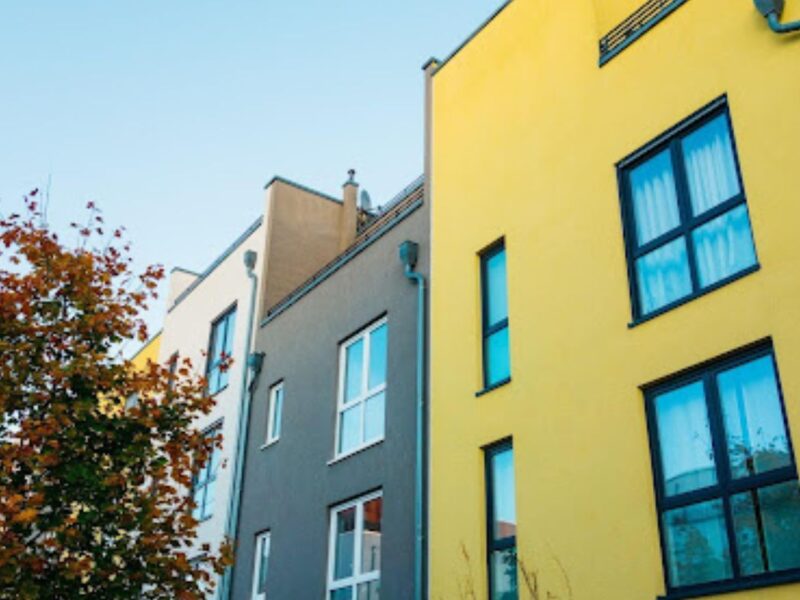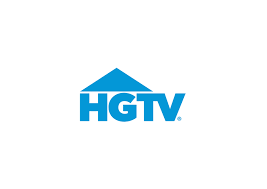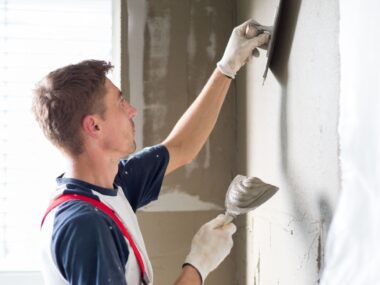The search for a home can be one of the most exciting yet challenging experiences in a person’s life. For middle-class buyers, balancing affordability with quality, location, and long-term value is often a fine line to walk. Housing costs continue to rise across the country, while wages remain largely stagnant, putting additional pressure on those looking to buy a home without overextending themselves financially.
However, affordable housing opportunities do exist—if you know where and how to look. By combining financial literacy, practical research, and an understanding of housing programs designed to increase accessibility, middle-class buyers can make smart decisions that ensure stability and value for years to come.
Understanding the Landscape of Affordable Housing
Affordable housing isn’t just about low-income developments or government-subsidized apartments. It’s a broad term that encompasses a range of housing opportunities designed to make ownership and rental options attainable for a larger portion of the population.
For middle-class families, affordability can mean finding homes that fit within a realistic percentage of household income. The general rule is that housing costs—including mortgage, taxes, and insurance—should not exceed 30% of gross monthly income. Staying within this range helps prevent “housing cost burden,” where too much income is devoted to housing and not enough remains for savings, education, or emergencies.
The key is to look beyond the obvious and explore emerging neighborhoods, local housing incentives, and various assistance programs that bridge the gap between market prices and what’s financially sustainable for the average family.
Exploring Local and Federal Programs
Many middle-class buyers overlook government and community-based programs designed to make homeownership more attainable. These initiatives can provide significant savings through grants, lower interest rates, or down payment assistance.
One of the most notable programs is the Section 8 Housing Choice Voucher program, which traditionally helps low-income renters but can also open pathways to homeownership. Through certain local housing authorities, qualified applicants can apply their voucher toward mortgage payments instead of rent. For buyers researching available listings or considering relocation options, it’s worth exploring Section 8 Listings to get an idea of where affordable homes are available and what requirements apply.
Other opportunities include state and municipal programs that assist first-time buyers, veterans, or educators. These programs often offer competitive loan terms and reduced down payments, making it easier to transition from renting to owning.
Location: The Hidden Variable in Affordability
While affordability often comes down to numbers, location plays a major role in determining both short-term comfort and long-term investment value. Choosing the right neighborhood can mean the difference between a home that appreciates steadily over time and one that struggles to keep pace with the market.
Middle-class buyers should look for areas that are in early stages of revitalization. These neighborhoods often have lower initial costs but strong potential for growth. Signs of an improving community include infrastructure investment, new small businesses, and proximity to schools, parks, and public transit.
Additionally, consider “commuter-friendly” suburbs—areas that offer reasonable travel times to major employment centers without the high costs of urban housing. While the tradeoff might include longer drives or smaller local amenities, the cost savings can be substantial over the life of a mortgage.
Financing Wisely: Building a Sustainable Budget
One of the most common mistakes middle-class buyers make is focusing solely on what a lender says they can afford, rather than what fits comfortably within their long-term budget. Mortgage pre-approvals are useful, but they often reflect the maximum possible amount a bank is willing to lend—not necessarily what’s financially wise.
To stay on track, buyers should factor in all hidden costs of homeownership, including property taxes, insurance, maintenance, and utilities. Experts recommend setting aside at least 1% of the home’s value annually for upkeep. For example, on a $300,000 home, that’s about $3,000 per year just for maintenance.
Additionally, comparing different mortgage types—fixed-rate, adjustable-rate, FHA, or USDA loans—can make a significant difference in monthly payments and overall cost. Working with a financial advisor or housing counselor can help clarify which loan products align best with your income and goals.
Thinking Long-Term: Equity and Stability
A home isn’t just a place to live—it’s one of the most powerful tools for building generational wealth. Each monthly mortgage payment increases equity, and over time, that equity can serve as a foundation for future investments, college savings, or retirement security.
Middle-class buyers can maximize their long-term gains by choosing homes that align with both personal and market growth potential. For instance, homes in stable school districts and near developing commercial areas tend to appreciate faster.
It’s also important to avoid “overbuying”—purchasing a home at the upper limit of what’s affordable based on today’s income. A financially sustainable home allows breathing room for future life changes, such as career shifts, family growth, or unexpected expenses.
Smart Upgrades for Affordability and Efficiency
After moving in, affordability doesn’t end with the purchase. Ongoing costs like utilities and maintenance can be reduced through smart, energy-efficient improvements. Investing in better insulation, modern HVAC systems, and energy-efficient appliances can cut monthly bills significantly.
Many utility companies and local governments offer rebates for eco-friendly upgrades, from solar panels to low-flow plumbing fixtures. These improvements not only save money but can also increase a home’s resale value and appeal to future buyers seeking sustainable living.
Community Considerations and Quality of Life
When assessing affordability, buyers often focus solely on the financial side—but quality of life matters just as much. Affordable living should also mean access to safe neighborhoods, good schools, healthcare, and recreational opportunities.
Before finalizing a purchase, spend time in the area. Visit at different times of day, talk to neighbors, and explore nearby amenities. These small steps can reveal insights that online listings or financial spreadsheets can’t capture.
Additionally, joining homeowner associations or local community boards can help shape neighborhood development in ways that maintain affordability while enhancing livability.
Navigating Market Challenges
In competitive markets, middle-class buyers may feel squeezed between luxury developments and limited entry-level inventory. To stand out, it’s important to be prepared—get pre-approved, understand your budget, and be ready to act quickly on promising listings.
Flexibility is also key. Expanding your search radius by even 10 to 20 miles can open up far more affordable options without sacrificing quality. And if market conditions are tough, consider temporary alternatives such as rent-to-own programs, which can bridge the gap while building savings and credit.
The Role of Patience and Persistence
Affordable housing isn’t found overnight. It often requires patience, research, and a willingness to explore nontraditional paths to ownership. But for those who take a strategic approach—understanding programs, evaluating long-term costs, and staying disciplined with finances—the reward is stability and security that lasts for decades.
The goal isn’t simply to buy a home but to build a foundation for a sustainable, balanced lifestyle. By making informed decisions today, middle-class buyers can secure homes that fit their budgets, support their goals, and grow in value over time.







